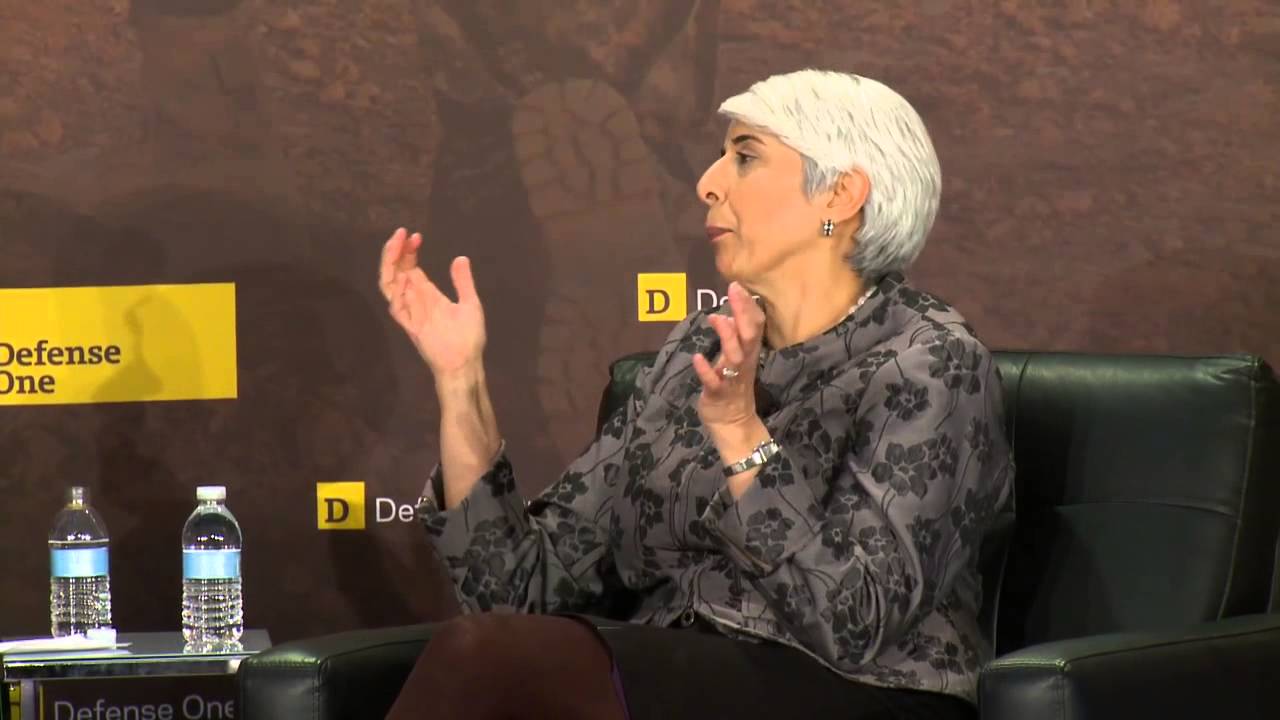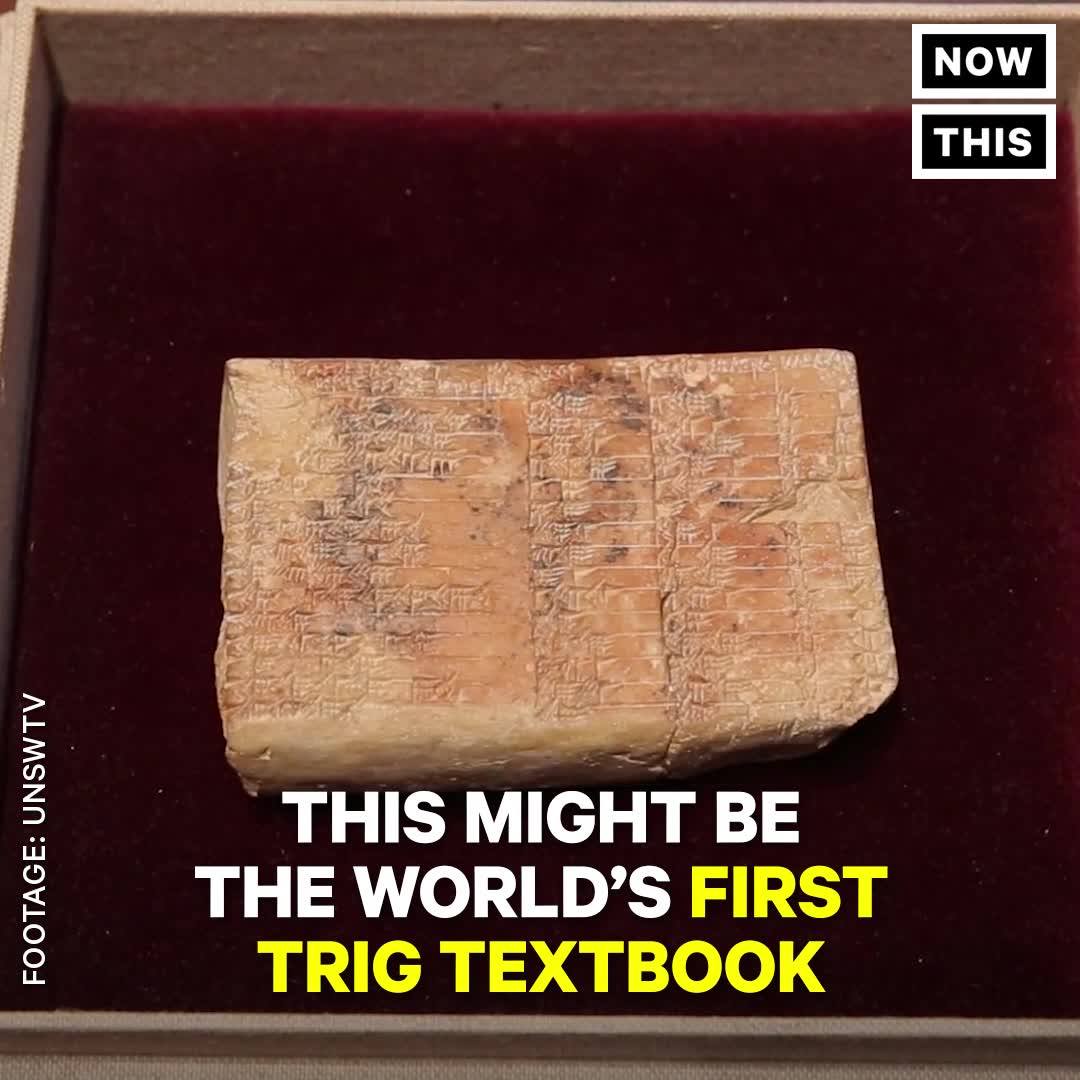Oct 18, 2017
Mathematics, rejuvenation, and immortality walk into a bar…
Posted by Nicola Bagalà in categories: biotech/medical, life extension, mathematics
I often hear the claim that death is a statistical certainty. This is my mathematical take at why this is not true, assuming the defeat of ageing, and no, being immortal is not required.
If a fully rejuvenated person was hit by a train at full speed, I can promise you they would stand the same pathetically low chances of ever being reassembled into a single, barely functional piece as any non-rejuvenated person of any age. Keeping that in mind, if anyone tried to sell me rejuvenation as ‘immortality’, rest assured I would demand to see the manager right away.
On a different yet unexpectedly related note, if I had a nickel for every time I heard or read something along the lines of ‘death is inevitable because probability’, I could donate so much money to LEAF the IRS would start thinking they’re a bit too well off for a charity.
Continue reading “Mathematics, rejuvenation, and immortality walk into a bar…” »


















